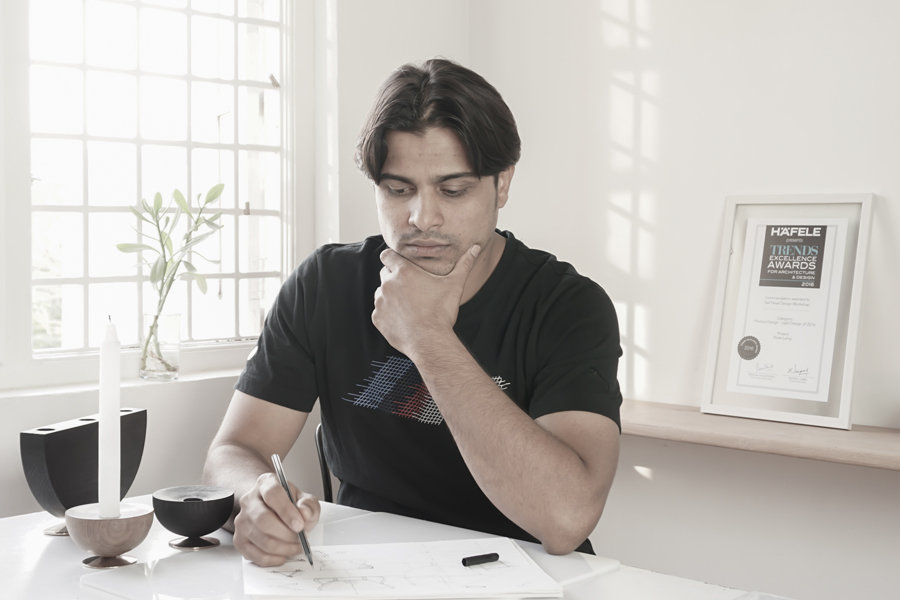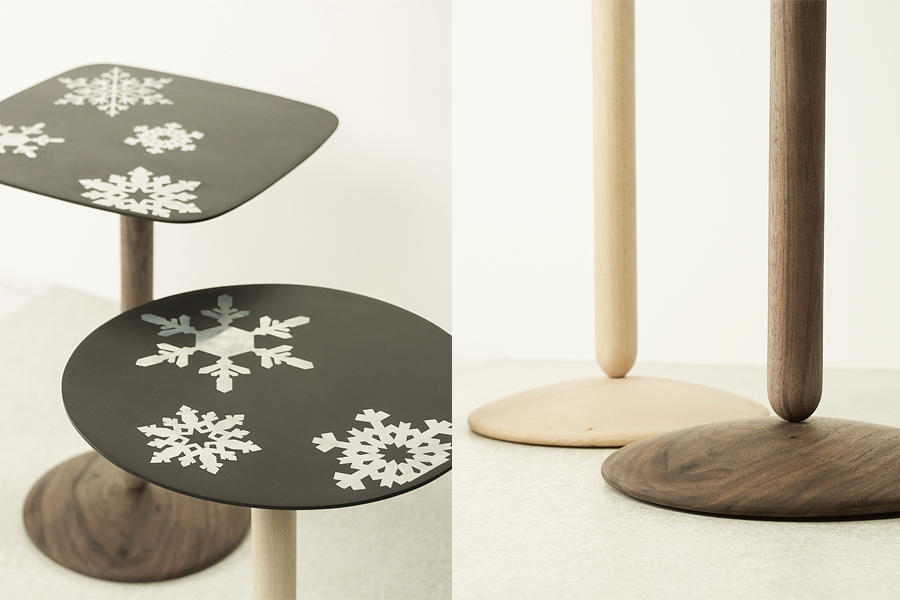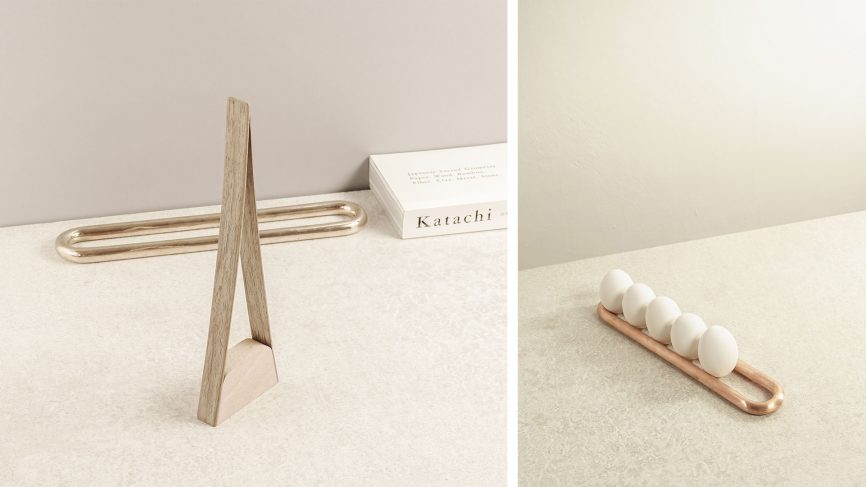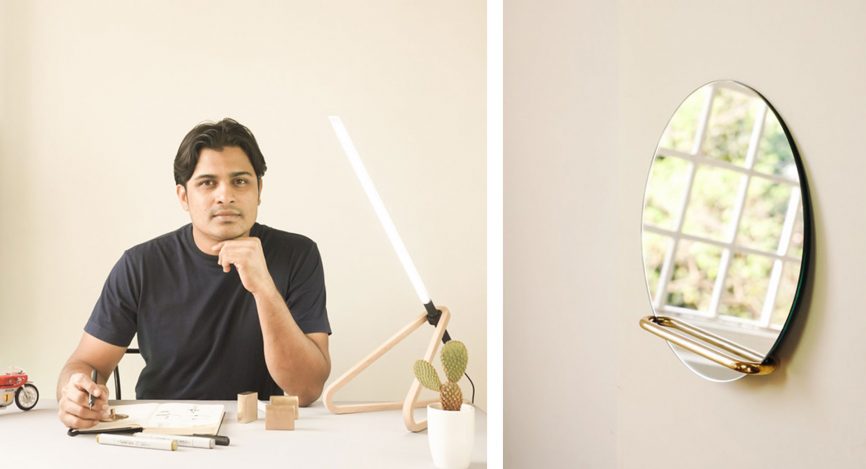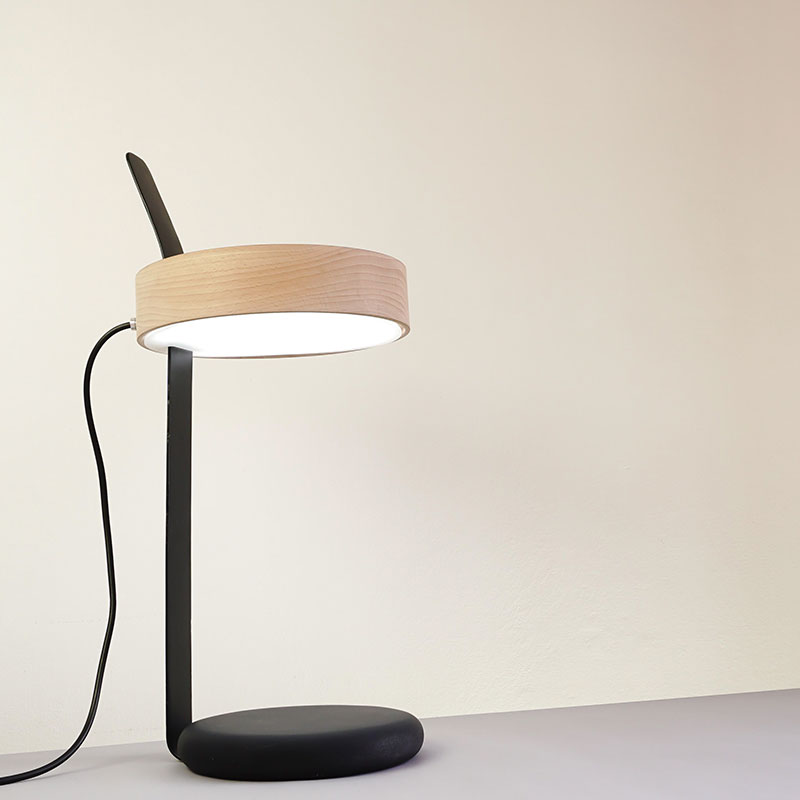Bengaluru, KARNATAKA :
It all started with cars, as Saif explained to us. His dream of becoming an Automotive Designer started early on to which point he even enrolled into an Architecture Undergraduate program near Bangalore just to be able to pursue a Master’s degree in car design. There, in college, he also joined the Formula Student Racing Team, where he acquired diverse experience in design and technical know-how. Now that’s real commitment.
But things took a U-turn when later he dropped the plan to go ahead with his Master’s, thinking that it was too restricting to be involved in just one specific field. At that point, he had discovered that only an Industrial Design course could give him the freedom to be multi-disciplinary, and to be able to work on Architecture, Product design, Automotive design and more. Then, the rest is history.
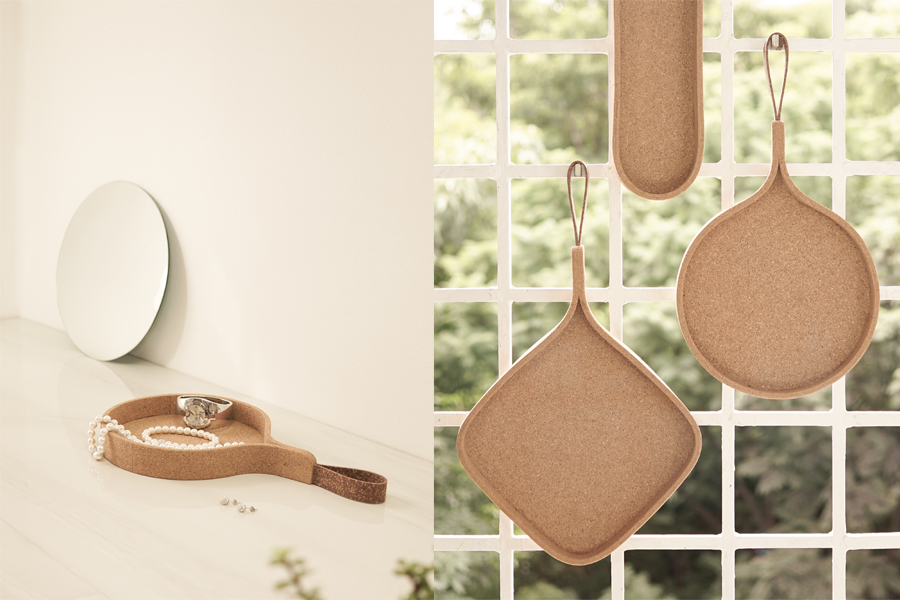
“Design, in general, is what gets me going,” he said, “So it is all a playful adventure.” Since setting up his creative office in 2014, Saif had been steadily creating designs that draw heavily from his appreciation of technology and processes. But it wasn’t until he won the recent EDIDA India for furniture and tabletop with the Qaiser Series and Cork Trays that he finally caught the eyes of the global design industry.
The former is a series of side tables with tops that used a unique craft form called ‘Bidriware’. “One of its kind in the world,” explained Saif, “It uses a special mud from the medieval fort in Bidar, in South India. So it is made by us with local craftsmen.” The latter, a quite self-explanatory design, takes the shapes of typical hanging cutting boards, but with a thick border to hold objects in their place. Akin to Enzo Ferrari who used to build and sell cars to fund his racing, the trays are currently self-produced by Saif but would definitely like to be mass-produced. “Maybe by a manufacturer from Scandinavia perhaps…” he hoped. And so do we.
We talked to him about his journey so far and his future endeavours.
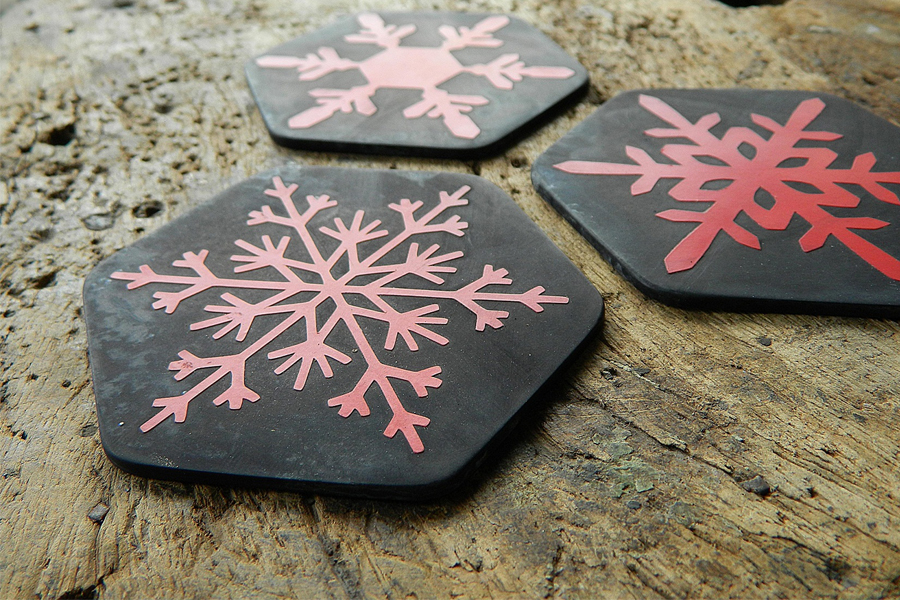
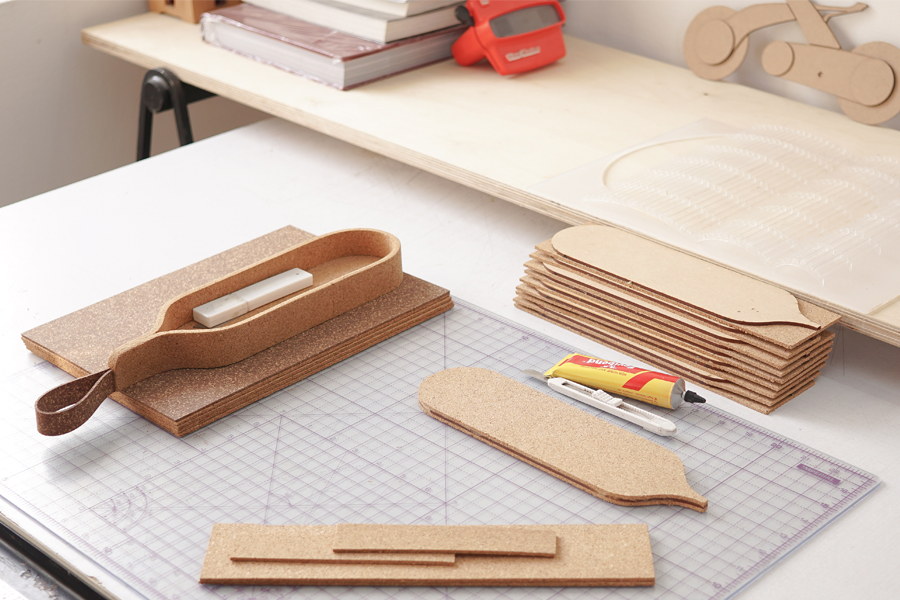
For people who are not yet familiar with you, tell us about your background.
I’m an Industrial designer working on Architecture, Interiors, Product design, Brand Identity, Design Development, Creative Direction, Motorcycle design, Automotive racing, Furniture, Lighting, Craft & Jewelry. I’ve always had an admiration for things and objects: their materials, beauty and how they were made. I always found it fascinating to watch a carpenter or a mason engaged in his craft. I could make stuff out of anything that was around; I used to make miniature farms with plantations and worked on irrigation, inspired by the country life I experienced during the summer stays at my grandfather’s farm. I’d also make models of scooters and bikes out of wheat flour dough. That’s one of the reasons I still love scale models so much, making them and collecting them. It was around 16 that I discovered design could be a legit career. I wanted to become an automotive designer. I’m an autodidact, and it’s quite natural for me to pick up something that interests me and pursue it with certain passion on my own, learning and doing on the way.
How do you describe your design aesthetic?
I’m an ‘ESSENTIALIST’; my focus is on sensitive, thoughtful and meaningful design. I have quite a contrasting way of looking at things; some designs are practical and functionalist while others are poetic expressions that can have certain humour and curiosity. All in all, everything has to have that beauty. Making stuff has been a huge part of the process; so much so that some of the products hardly have any drawings or detailed sketches – it’s just straight from the concept sketches to the making of the prototype.
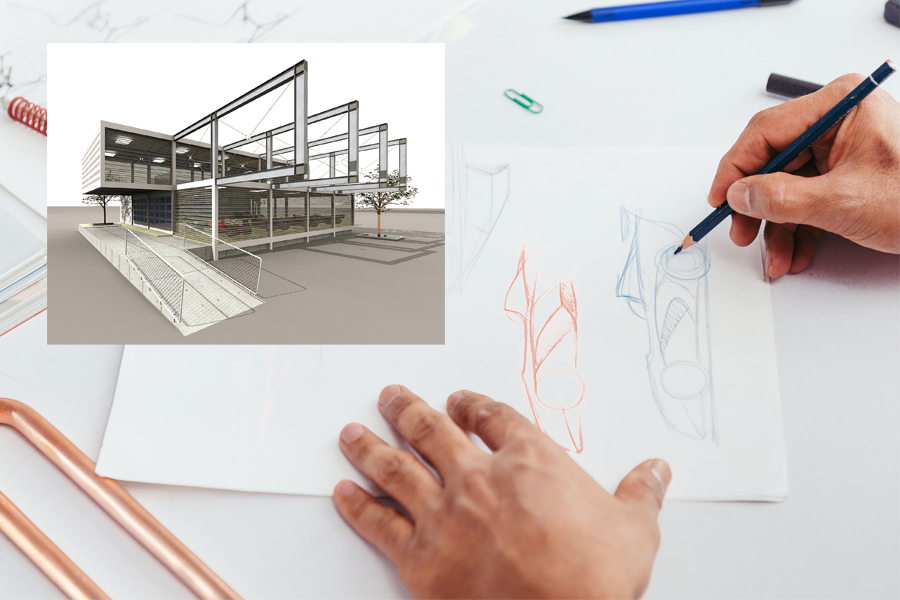
Lots of your pieces used natural materials like wood and cork. What's your fascination with these materials?
I love working with beautiful, humble natural materials; they have great quality regarding how they age gracefully. I love exploring their properties in new and expressive ways, for instance, the Cork trays have two variations of cork, the rubberised one for the strap and the hard one for the tray body, perfectly coming together, not to mention the ecological aspects of these materials.
Where are you based now? What made you want to be here? What are the advantages?
I’m based in Bangalore at the moment; I came here for my undergraduate about 12 years ago, while doing my Architecture I was part of the Formula SAE team which mostly had Mechanical engineering students, I used to design the Chassis, Ergonomics, Suspension, Brakes, Safety and Packaging. During this time I developed a great network of vendors and suppliers. This field felt quite indispensable when I wanted to start my multidisciplinary studio. But I seem to have exhausted the potential of the city. Maybe I will shift to Scandinavia in future; you’ll never know…
What is the current design scene in India?
Its still evolving and not that refined at the moment. There is this underlying fascination with Bollywood and Kitsch with a ‘Royal’ hangover from the bygone era of the ‘Maharajas’ that I feel is quite hindering. But otherwise, there is new breed of young designers with a more progressive perspective that is doing some significant work that I feel would be worth something in the coming years.
Where do you find your inspiration?
Inspiration to me comes from a social concern, a beautiful material, an inspiring craft, a practical need, a curiosity… I look to other creative fields too. At this moment, in particular, I’m fascinated with the contemporary culinary scene. Also, it’s quite difficult not to notice the tech-innovations of late…
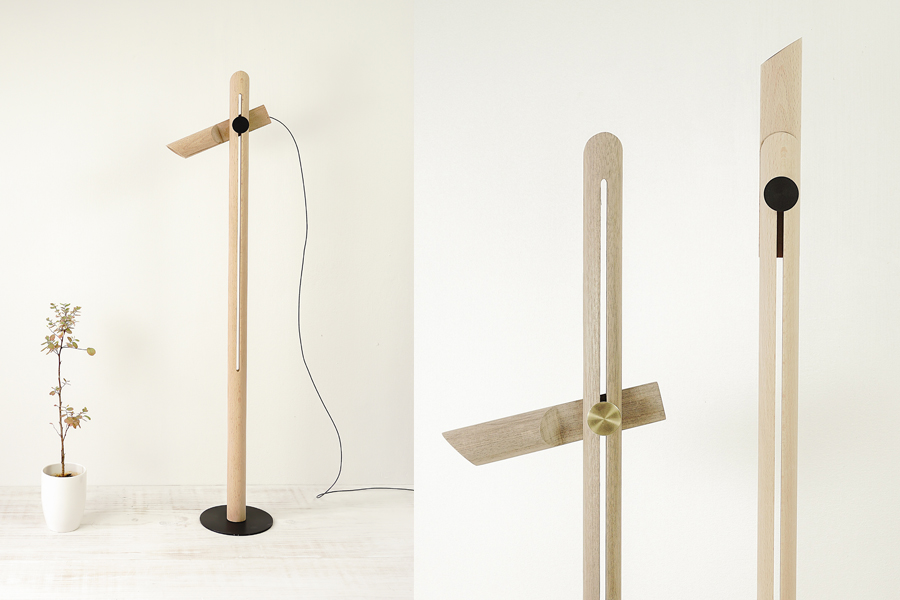
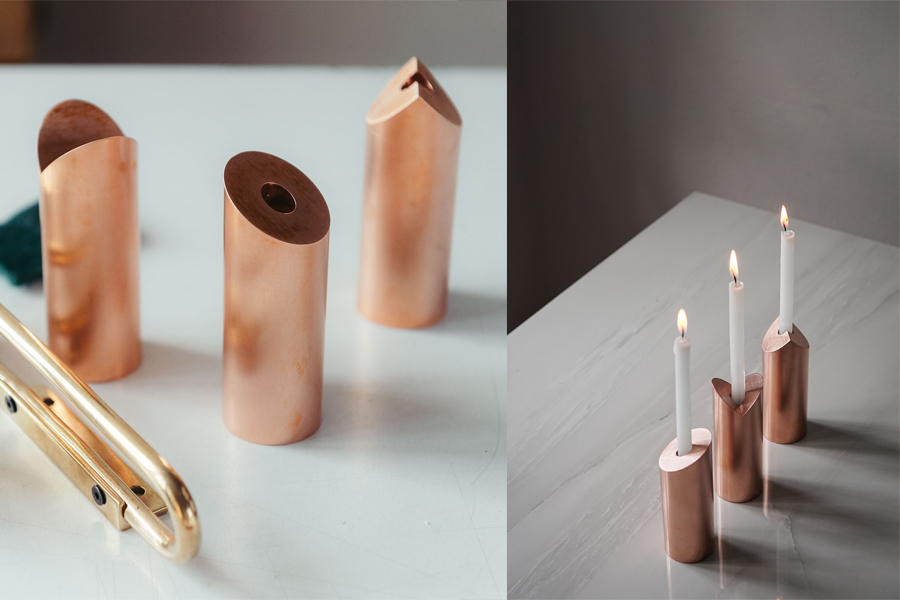
Where will we see you next?
We have several projects that we have completed and are speaking to different manufacturers to get them in production. Among other stuff, I’m working on an electric Café racer that will host a couple of very innovative features in response to the whole Autonomous vehicle scene. Also, I’ve been approached for an electric car; it’s more on conceptual lines at the moment focussing on the future of urban mobility in developing nations like India, I’m working on the Packaging, Interiors & Styling. One important thing at the moment is we are working with a manufacturer who is looking at working with a couple of craft form to launch innovative contemporary Art-Design pieces soon, hopefully during I Salone 2018 in Milan. This is a new direction for my work; I’m quite pleased with the progress at the moment.
For more info about Saif Faisal, visit here.
Any views or opinions in the post are solely those of the authors and do not necessarily represent the views of the company or contributors.
source: http://www.theartling.com / the Artling / Home / by Yen Kien Hang / January 26th, 2018
